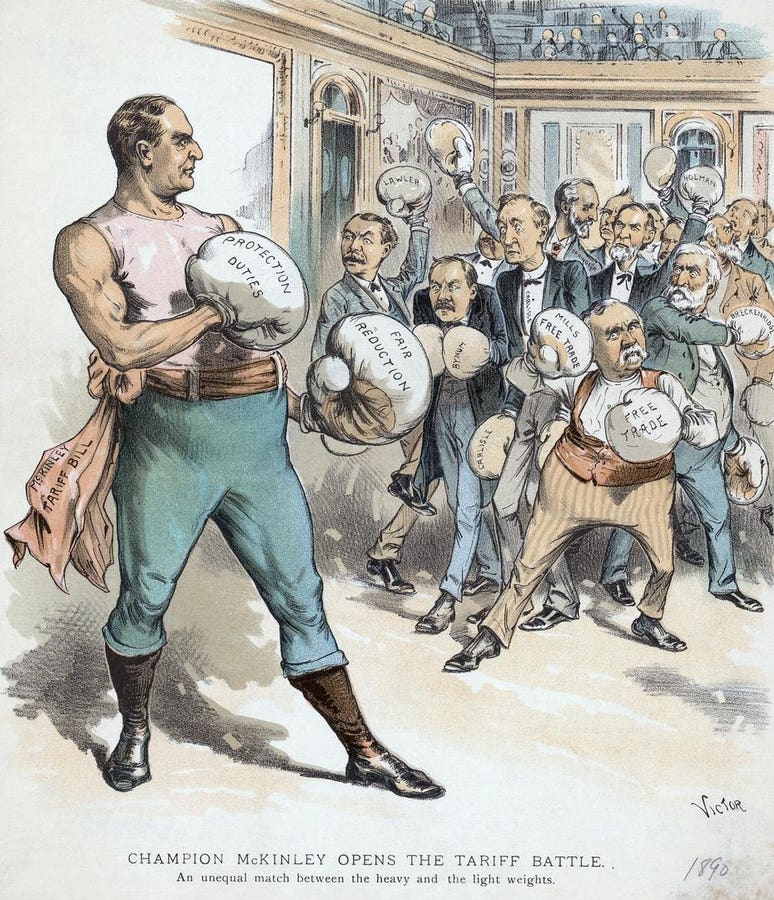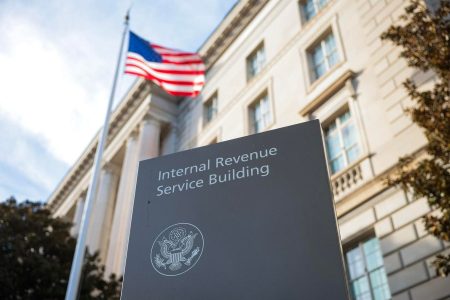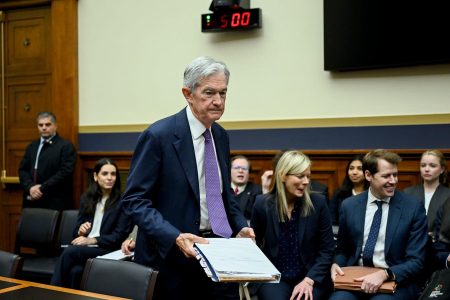The economic landscape for American families has undergone significant shifts in recent years, marked by a widening gap between wage growth and the escalating costs of essential living expenses. Between 2019 and 2023, average wages saw a 12% increase, yet this gain was overshadowed by substantial surges in housing, transportation, and food costs. Rent, a major expenditure for most households, climbed by a staggering 38%, consuming a larger portion of average wages. Similarly, transportation costs soared by 41%, further straining household budgets. While grocery expenses saw a comparatively smaller increase of 23%, the impact on lower-income families was disproportionately high, with food representing a significant percentage of their overall income. This financial squeeze has left many families struggling to maintain their standard of living, even with modest wage increases.
The introduction of proposed tariffs by the Trump administration in 2025 aimed to bolster domestic industries and increase federal revenue, echoing historical precedents where tariffs played a dominant role in government finances. However, the modern fiscal landscape is vastly different. While tariffs once constituted the primary source of federal revenue, the advent of income tax in 1913, along with Social Security and Medicare taxes, have dramatically shifted the revenue streams. By 2025, these taxes dwarfed tariff revenues, raising trillions compared to the billions generated by tariffs and fees. This context underscores the potentially limited impact of tariffs on overall federal revenue compared to the broader economic consequences they could trigger.
The proposed tariffs on goods from Canada, Mexico, and China, ranging from 10% to 25%, threatened to exacerbate the existing financial pressures on American families through multiple channels. Firstly, these tariffs were projected to increase taxes on households, adding hundreds of dollars to the average annual tax bill. Secondly, the tariffs would likely lead to higher prices for imported goods, impacting everyday consumer purchases, from automobiles and fuel to groceries and beverages. Canada and Mexico, key trading partners for the U.S., supply a substantial proportion of imported goods, making the impact of these tariffs potentially widespread. The increased prices would burden consumers further, diminishing their purchasing power and potentially offsetting any gains from wage increases.
The ripple effect of these tariffs extended beyond household budgets, potentially influencing broader economic indicators like inflation and interest rates. With tariffs driving up consumer prices, the inflation rate, already hovering around 3%, was projected to rise further. This potential inflationary pressure would place the Federal Reserve in a challenging position, potentially compelling them to raise interest rates to curb inflation. Such a move would have significant ramifications for consumers carrying variable-rate debt, making borrowing more expensive and tightening household finances even more. This intricate interplay of factors highlighted the complex and interconnected nature of the economic landscape, where policy decisions like tariffs could have far-reaching and unintended consequences.
Detailed analysis of the proposed tariffs painted a concerning picture of their potential impact on American families. One estimate projected that tariffs could add over $1,700 to the average middle-class household’s tax burden, while simultaneously reducing their after-tax income by 3.5%. Furthermore, the increased cost of goods subject to tariffs could add nearly $4,000 to annual consumer spending. This represents a substantial increase in household expenses, considerably exceeding the average wage growth experienced during the preceding years. The combined effect of higher taxes and increased prices would further erode the financial stability of many families, making it increasingly difficult to manage essential living expenses and save for the future.
The potential economic consequences of the tariffs extended beyond immediate household impacts, potentially setting off a chain reaction affecting broader economic trends. A significant increase in consumer spending, driven by tariff-induced price hikes, could push the inflation rate above projections, undermining the Federal Reserve’s efforts to maintain price stability. This in turn could trigger interest rate hikes, which would further complicate financial planning for families and businesses alike. The increased cost of borrowing could dampen investment, slow economic growth, and exacerbate existing economic inequalities. The complex interplay of these factors highlighted the potential for tariffs to trigger a cascade of negative economic consequences, far outweighing any perceived benefits in terms of protecting domestic industries or increasing government revenue. The overall picture suggests a precarious economic situation for American families, grappling with rising costs and stagnant wages, further compounded by the potential repercussions of tariffs.










